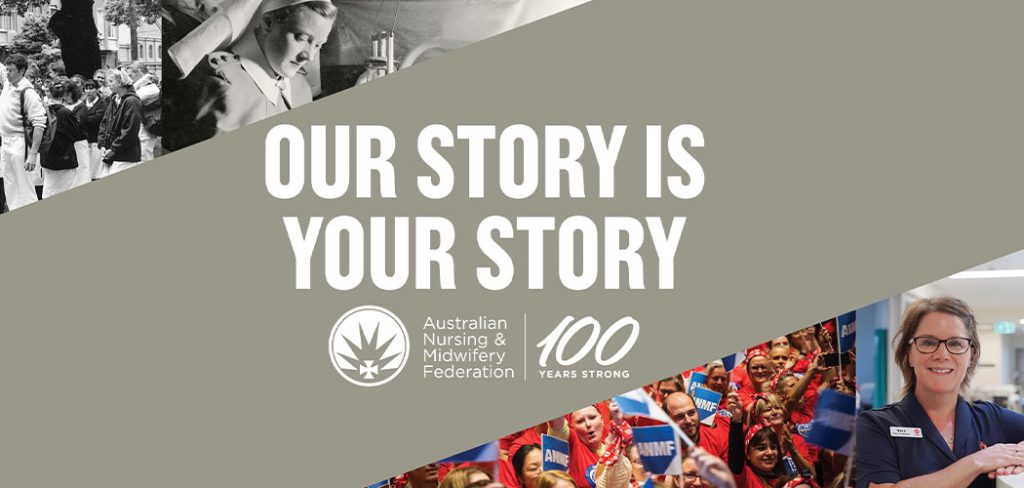The nurse practitioner (NP) role originated in the United States in the mid-1960s to address gaps in healthcare. But it took 35 years later, on 12 December 2000, for Jane O’Connell (emergency) and Sue Denison (rural and remote health) to become Australia’s first authorised NPs.
Requiring Master’s level education, NPs possess the expertise and authority to diagnose and treat a wide range of acute and chronic health conditions across all ages. Working across diverse settings, their goals include improving access to healthcare, especially for at-risk populations, and providing cost-effective care.
While there are 2,860 endorsed NPs in Australia today, the role developed slowly, hampered by legislative barriers and outside resistance, including the AMA (Australian Medical Association), who at one early stage labelled it “third-world medicine”.
Australia’s NP movement traces back to 1990, when a nurse at the New South Wales Nurses’ Association’s (NSWNMA) annual conference quizzed the then state Health Minister on whether he backed the role.
That probing question sparked a series of developments, including the formation of committees, pilot projects, and research efforts.
Jane O’Connell, Australia’s first NP, transitioned from her role as a clinical nurse specialist at Royal North Shore Hospital’s Emergency Department to participate in one of the first NP pilot programs.
“ED nurse practitioners saw the fast-track type patients and the kind of walking wounded, if you like, so that we could free up the waiting room and get people moving through. As the role evolved, we moved into doing initial assessments on anyone who came through the door, and then suggesting treatment pathways for them,” she told the ANMJ.
By 1998, the NP role was legislated through the NSW Nurses Amendment (Nurse Practitioners) Act. NP trials began in the ACT in December 1999, with models including wound care, sexual health, mental health liaison and military, demonstrating that NPs could safely and effectively manage a range of health issues.
Throughout the 90s, and the years to come, the ANF promoted and advocated for the role’s vital place in Australia’s healthcare system.
This included, alongside ACNP (Australian College of Nurse Practitioners), informing advisory groups that shaped historic legislation in 2010 enabling access to the MBS (Medicare Benefits Schedule) and PBS (Pharmaceutical Benefit Scheme) for nurse practitioners and eligible midwives.
Notwithstanding the progress, the expansion of NPs in Australia has continued to face barriers, including lack of broader acceptance and recognition, patient access, and limitations on scope of practice.
Committed to making sure NPS grow in numbers and are recognised for their vital contributions to the healthcare system, the ANMF continues to lead lobbying at a national level. Most recently, this helped achieve a 30% increase to the MBS rebate for NP item numbers, and removal of outdated collaborative arrangements required with doctors.
“This outdated requirement [collaborative arrangements] has needlessly constrained services and prevented people from accessing quality healthcare when they need it and where they need it,” ANMF Federal Secretary Annie Butler said.
“This has been particularly acute in rural and regional, and other underserved communities, where it is becoming harder and harder to see a doctor. “Removing these unnecessary restrictions, which are completely out of step with international best practice, will allow highly trained NPs to utilise their full set of skills and experience to provide best quality care in the community for people when and where they need it.”









